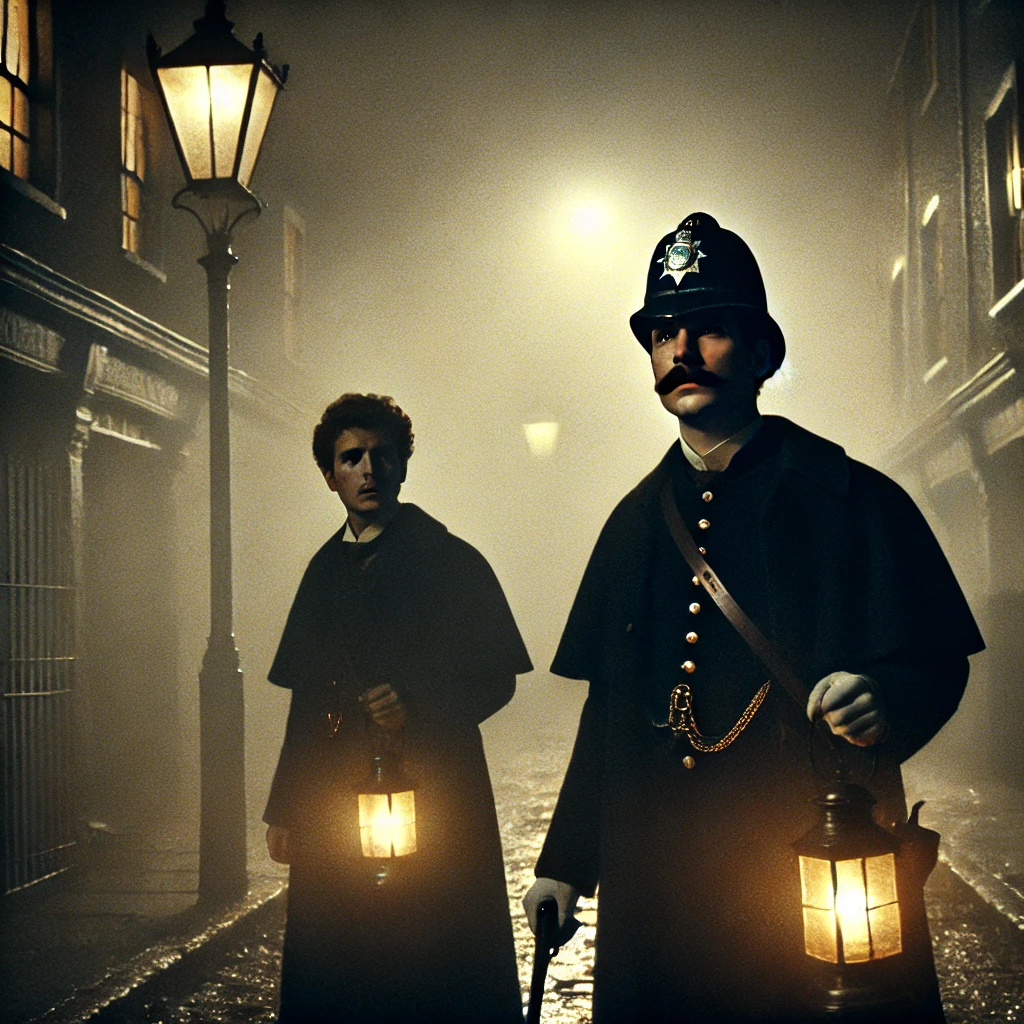On November 9, 1888, the notorious killing spree attributed to Jack the Ripper in London’s Whitechapel district came to an abrupt halt. This period of terror, marked by the brutal murders of women, particularly sex workers, not only captivated the public’s attention but also left a lasting impact on law enforcement and societal perceptions of crime. The identity of Jack the Ripper remains one of history’s greatest mysteries, with theories and speculation continuing to this day.

The Background of the Murders
Jack the Ripper’s spree began in the late summer of 1888, with a series of grisly murders that shocked Victorian society. The victims, primarily women, were murdered in brutal fashion, with their bodies mutilated. The public’s fascination with the case was fueled by sensationalist newspaper coverage and the mystery surrounding the Ripper’s identity. The police, overwhelmed by the brutality of the crimes and lacking modern forensic techniques, struggled to find leads or apprehend the killer.
The Ripper’s final victim, Mary Jane Kelly, was murdered on November 9, 1888. Her death marked the end of the series of killings, but the fear and uncertainty surrounding the case lingered. The brutality of the crimes, combined with the Ripper’s ability to evade capture, generated public outrage and a media frenzy, elevating the case to national prominence.

The Legacy of Jack the Ripper
The identity of Jack the Ripper has never been conclusively determined, leading to years of speculation and countless theories about who he might have been. The mystery surrounding the case has spawned numerous books, films, and documentaries, perpetuating interest in the Ripper’s identity and the societal conditions of Victorian London. The case also highlighted issues of social inequality, as the victims were often marginalized women living in poverty.
The Ripper murders had a profound impact on law enforcement practices in Britain. The failure to catch the killer led to a reassessment of policing methods and the development of modern investigative techniques. Additionally, the sensational coverage of the murders spurred discussions about the treatment of women and social reform, paving the way for future advocacy efforts.

The end of Jack the Ripper’s killing spree on November 9, 1888, marked a significant moment in criminal history, encapsulating the fears and challenges of Victorian society. The case continues to intrigue and horrify, serving as a reminder of the dark side of human nature and the complexities of crime and justice. The legacy of Jack the Ripper remains relevant today, not only as a historical enigma but also as a cautionary tale about the treatment of marginalized individuals in society.
